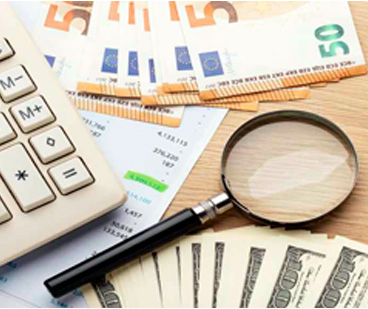- The short name for the US Dollar is BHD.
- The most frequently used coins are 5 Fils, 10 Fils, 25 Fils, 50 Fils, 100 Fils, BD 1⁄2 (500 fils).
- The most commonly used banknotes include BD 1⁄2, BD 1, BD 5, BD 10, BD 20.
Interesting facts about the currency

Bahraini Dinar Dollar, BHD
Benjamins, Bones, Bread, Buck, Buckos, Cash, Dead Presidents, Dinero, Jeffersons, Scratch, SmackerSymbol
$, US$
1¢, 5¢, 10¢, 25¢, 50¢, $1
1/100, Cent
$1, $2, $5, $10, $20, $50, $100
Federal Reserve System
Benjamins, Bones, Bread, Buck, Buckos, Cash, Dead Presidents, Dinero, Jeffersons, Scratch,SmackerSymbol






























































